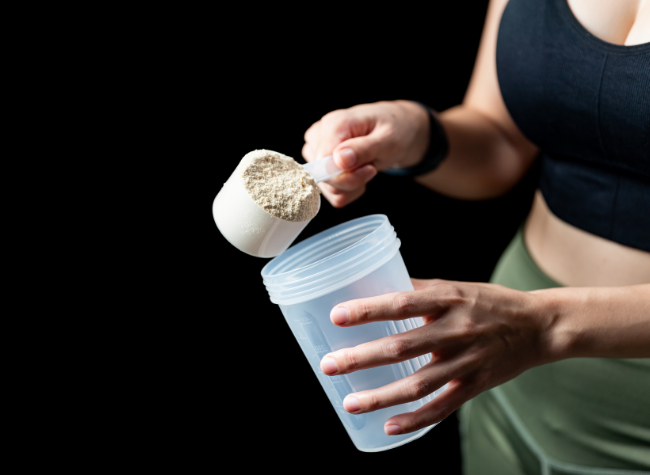How small, science-backed tweaks can unlock big gains in strength, power, and recovery? One of the most thoroughly researched supplements on the market is creatine—a natural compound that lives in your muscles and brain, ready to supercharge your workouts. In this post, you’ll learn what creatine is, how it works, who can benefit, and how to use it safely and effectively.
What Is Creatine?
Creatine is an amino-acid derivative your body produces from three building blocks: arginine, glycine, and methionine. Stored primarily in skeletal muscle, it helps regenerate ATP (adenosine triphosphate), the energy “currency” your cells tap into during high-intensity efforts like sprinting, lifting, or explosive jumps.
Forms on the market: Creatine monohydrate is the gold-standard; micronized versions and buffered formulas exist but deliver similar benefits when dosed correctly.
Natural sources: Red meat and seafood contain creatine, but it’s difficult to consume enough through diet alone to maximize muscle stores.
Performance and Recovery Benefits
- Increased Power Output
By topping up your muscle creatine stores, you extend your ability to perform short bursts of high-intensity work—think extra reps, heavier lifts, or sharper sprints. - Faster Recovery
Creatine promotes better muscle cell hydration and may reduce markers of muscle damage, helping you bounce back quicker between sessions. - Strength and Lean Mass Gains
Numerous studies show that supplementing with creatine alongside resistance training boosts strength and muscle growth more than training alone.
How to Use Creatine Effectively
- Loading Phase (Optional)
Protocol: 20 g per day (split into 4 × 5 g doses) for 5–7 days
Goal: Rapidly saturate muscle stores
- Maintenance Phase
Protocol: 3–5 g daily
Timing: Anytime works—pre- or post-workout, with a carbohydrate-containing meal to boost absorption.
- Consistency Is Key
Daily intake maintains elevated muscle creatine levels. Skipping days may slowly deplete your stores over a few weeks.
Safety and Common Myths
– Kidney health: Extensive research in healthy adults shows no adverse effects on kidney or liver function when using recommended doses. Always consult your healthcare provider if you have pre-existing conditions.
– Water retention: Some initial weight gain (0.5–2 kg) reflects intracellular water shifts, not fat. This “volumizing” effect can actually support greater strength output.
– Creatine “cycling”: There’s no strong evidence that cycling on and off creatine is necessary; continuous use at maintenance doses is both safe and effective.
Who Stands to Gain the Most?
– Strength and power athletes: Weightlifters, sprinters, jumpers.
– Fitness enthusiasts: Anyone looking to push harder in the gym and recover faster.
– Older adults: Emerging research suggests creatine may help preserve muscle mass and bone health as we age.
Pro Tips from the Clinic and Gym
Pair with a balanced diet rich in lean proteins, whole grains, fruits, and vegetables to support overall recovery.
Stay hydrated—creatine’s mechanism draws water into muscle cells.
Listen to your body—if you experience digestive discomfort, try splitting your dose or switching to a micronized form.
Combine with a structured training plan—creatine amplifies the benefits of progressive overload and targeted programming.
Takeaway
By understanding the science and following these simple protocols, creatine can become a cornerstone of your training toolkit—helping you lift heavier, sprint faster, and recover smarter. If you have any health concerns or specific goals, reach out for a personalized assessment from our physios or osteopaths, and let’s get you smashing those personal bests!
Love,
Sam


